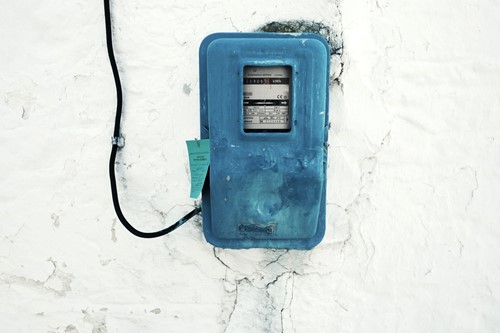These 4 Special Home Inspections Will Catch What a Standard Inspection Won't

Hiring a home inspector is an expected step in the buying process. It’s important for first-time homebuyers to understand what is in a standard inspection, as well as know the options available for more specific concerns. A lender might require special inspections, for example, but these extra options are always worth considering when purchasing a new home. You don’t want any unpleasant surprises.
Here are some specialized types of inspections new homebuyers should know:
Foundation
A standard home inspection always includes the basic structural elements of the home, including the floor. They don’t go below that, however. A foundation inspector will look carefully at your new home’s foundation. Some things they might look for are existing cracks or nearby tree roots that could cause shifting problems in the future. If a foundation inspector finds something serious, they might bring in a structural engineer to discuss options for addressing the problems. All together this process is worth paying for, since problems with the foundation can be expensive and potentially damaging to the house in the future.
Mold
Most mold you can recognize on your own. There are many DIY options for eradicating it, as well as professionals you can hire to help. However, there may be mold existing in the home's structure that you can’t see or smell. This is where a mold inspector comes in: they can inspect the drywall, insulation materials, crawlspaces or other deeper hiding places for mold to grow. They use a moisture meter to detect dampness and seek the mold from there. If you’re buying an older house or a house in a humid climate, it’s a good idea to have a mold inspection in order to prevent structural damage and potential health risks.
Wood-Destroying Organisms
A wood-destroying organisms inspection, or WDO inspection, will identify termites. While termites are the main concern, other wood-eating critters like carpenter ants and wood-boring beetles might also be a risk to your home. A WDO inspector will check for potential risks, like gaps that could allow pests inside and any existing damage from past infestations. They will also be able to track down any current termite activity so you can deal with it immediately. This type of inspection is an example of one commonly required by specific lenders or in specific locations. Luckily, they’re relatively inexpensive and can save you potentially thousands of dollars by helping prevent and address damage from wood-destroying organisms.
Radon
Radon testing is different from the type of inspections listed above. Radon is odorless, colorless and difficult to detect compared to other dangerous gases. However, long-term exposure has serious health risks, which makes it extremely important to test for. You can purchase DIY testing kits to measure the radon level in your home, but getting results can take time. Experts usually recommend testing over a period of at least 90 days in order to get an accurate reading. This is obviously not convenient when you’re on the verge of purchasing a brand new home, so hiring a professional radon tester can get you a quicker answer. Usually radon inspectors can give you a report in a manner of days compared to months. It’s also a good idea to ask the previous owners if they last had a radon inspection and look at any prior reports.
When looking for home inspectors make sure to vet your candidates carefully to find the most qualified professional help. If you’re working with a real estate agent, they can recommend specific inspectors or companies to hire. These inspections add to your upfront cost buying a home but can help you avoid unpleasant surprises and health risks in the future.
